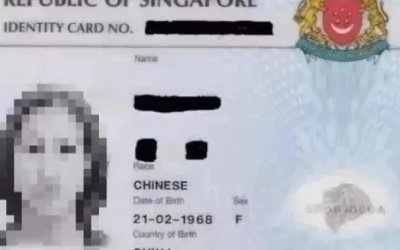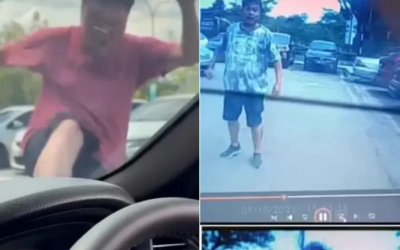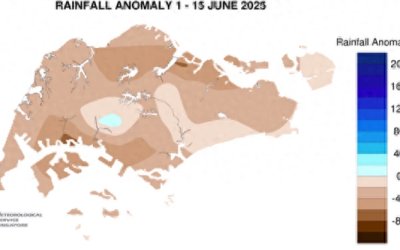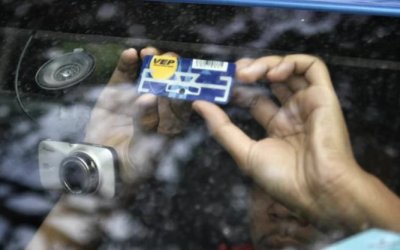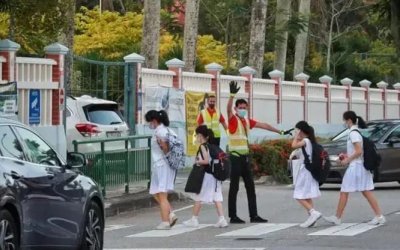Dr Koh Poh Koon: Sir, I thank Mr Melvin Yong for raising this suggestion to consider a QR code. I think we are all mindful that it is a very busy place with many different stakeholders going in and out – high human traffic and also high vehicle traffic. So, the approach we take is going to be a gradual one. We start with the tenants who have to be there regularly, on a daily basis, as well as the workers who are permanently working there. We will track how many of them have already pre-registered. The registration need not be done at the kiosk on-site.
In fact, you can do it online. You do not need to be congested in the guardroom trying to register. You can do it online in the comfort of your home or your office. Once that is done, that registration will be valid for a whole year. Then, there will be no further queues needed at the point of entry, except to produce your NRIC or your Singpass on your mobile phone – something which most of us will carry anyway.
When it comes to vehicles, I think it will be the same approach. Delivery personnel who are regularly coming to the place, most tenants will know who their upstream suppliers are and who are their downstream customers. We will give time for the tenants to engage their upstream and downstream stakeholders, to make sure that they are given time to pre-register themselves online; so that when these personnel who are not physically working there on a regular basis, but do come frequently enough to pick up or to deliver items, they can then be processed quite quickly by just scanning their NRIC and a tap, a couple of seconds, the gantry opens and they can enter.
For drivers who are entering the premises, they need not even get off their vehicle. Because at the normal gantry, the ERP gantry where you go to the gantry and you get the fees charged on the ERP device in your vehicle, we have mounted a similar tapping sensor on the gantry.
So, a driver just needs to reach the gantry where the fees are deducted for the per-entry charge or the exit charge. You wind down your window, you tap your IC on the sensor that is mounted at the height of the windows and you can just then drive through without having to disembark the vehicle.
This is the way in which we facilitate traffic flow without increasing congestion. But as I said, we will do this in phases. We want to settle the human traffic first and then we will implement the vehicle part, when we are quite certain that the tenants have already tried to engage most of the upstream and downstream stakeholders so that they will not come there and be surprised by it.
The final phase will then involve the rest of the public. By which time, we hope to have sent out enough information and make the public aware that should they want to turn up, they should pre-register online or must be prepared to bring their IDs for registration with the kiosk at the guardroom.
I hope that reassures the Member that we are considering this very carefully. We will continue to engage the stakeholders there and if there is a way to use other convenient technology like perhaps a QR code, we can consider that. But as I said, because we are using IDs that all of us physically have, there may not really be a need to duplicate another new step by generating a QR code.
FS丨编辑
HQ丨编审
新加坡国会丨来源
